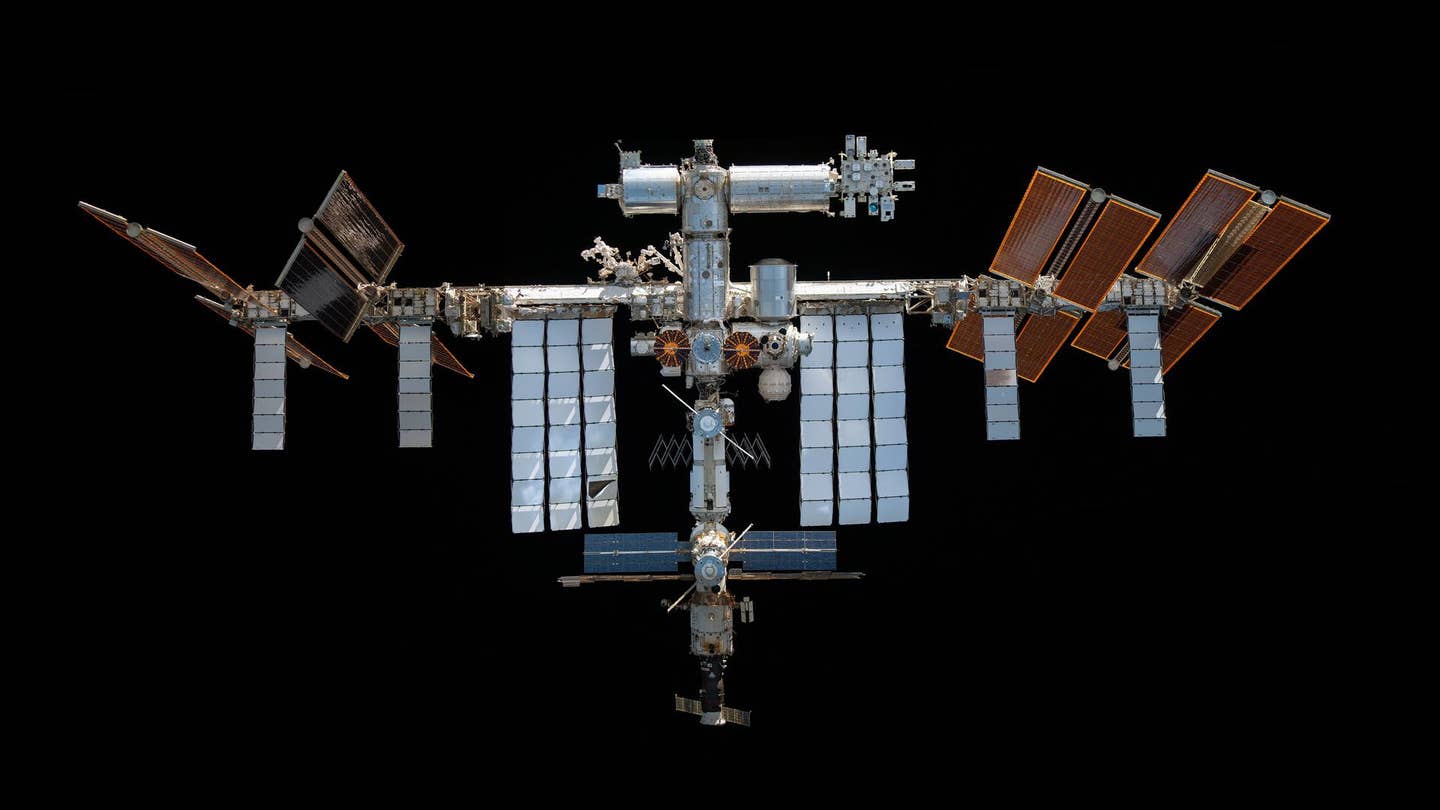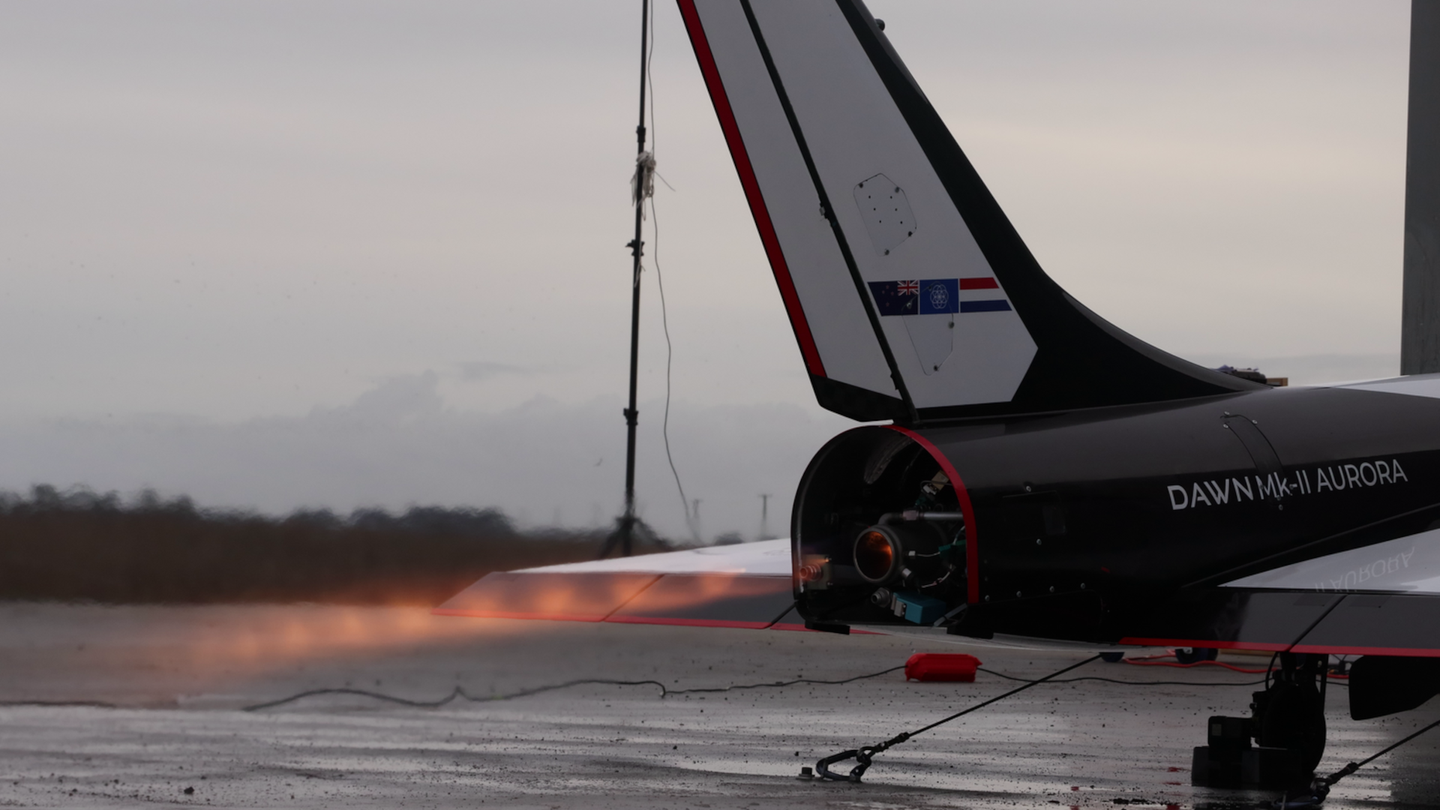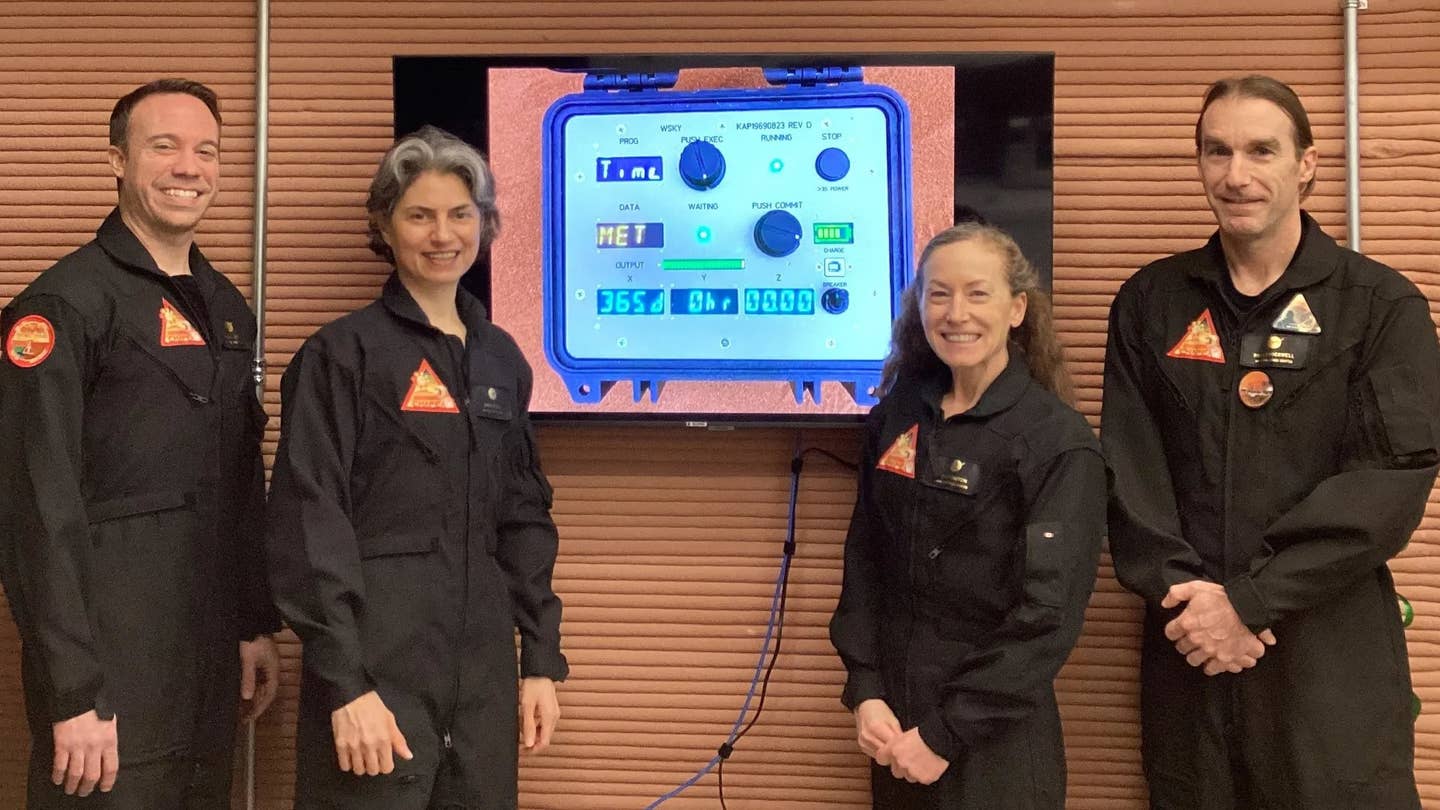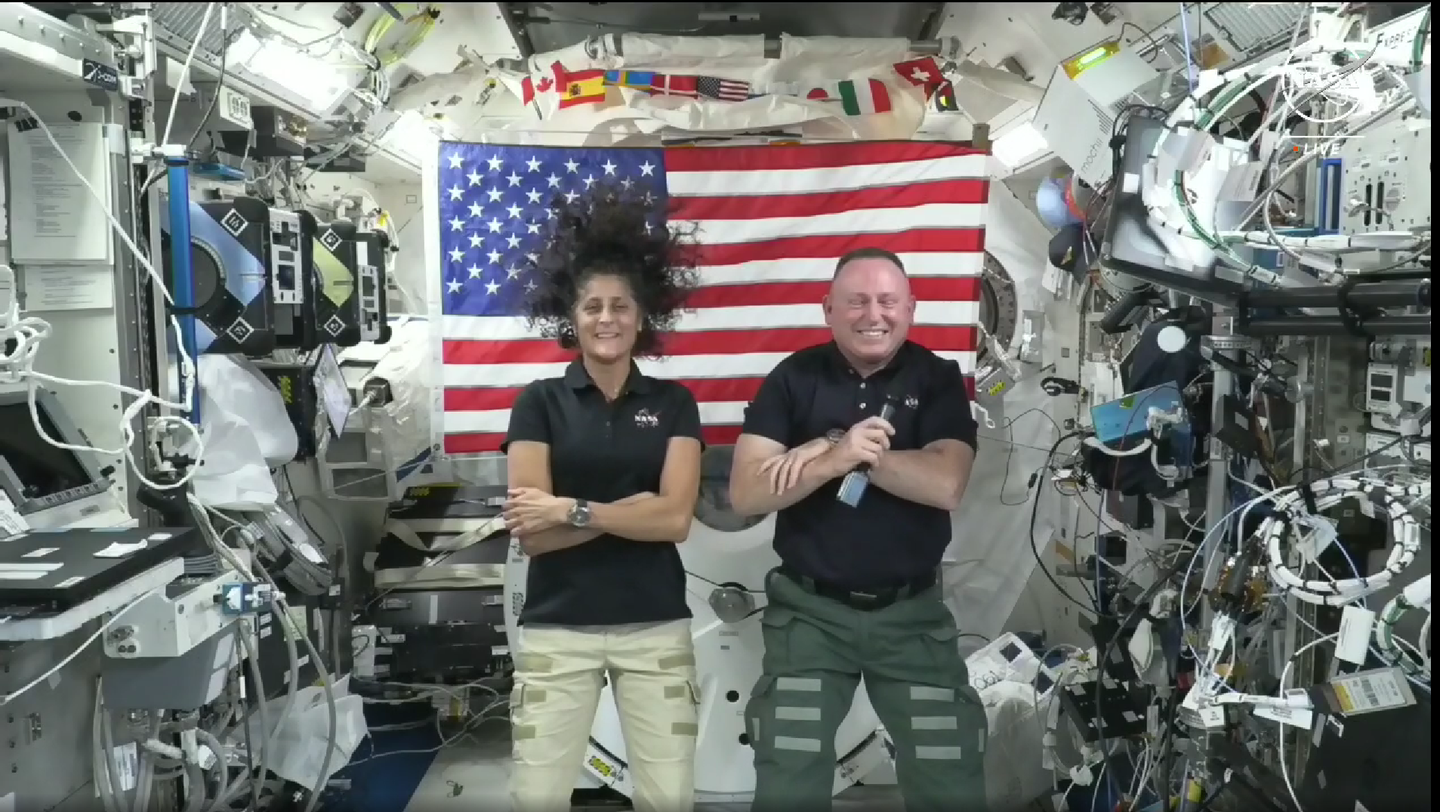SpaceX Starship Orbital Launch Scrapped Minutes Before Go
Elon Musk took to Twitter to weigh in on what hindered Monday’s planned launch.
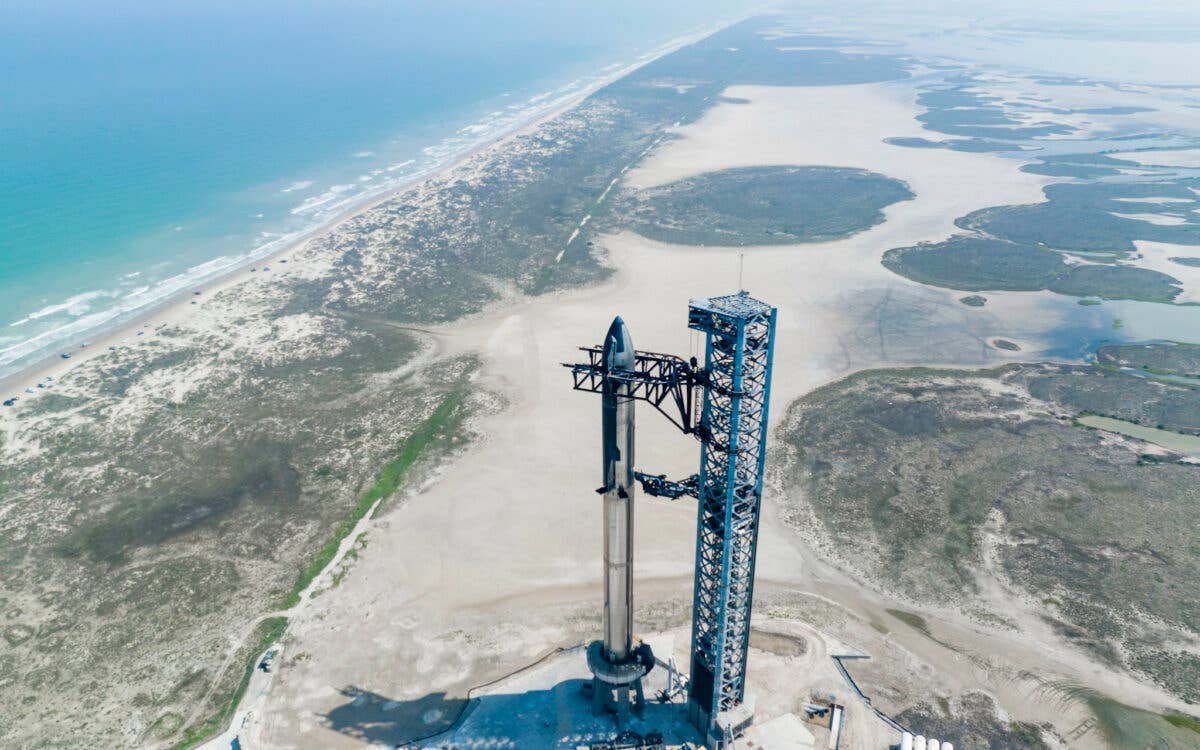
SpaceX’s Starship stands ready for takeoff at the firm’s launch site in Boca Chica, Texas. [Courtesy: SpaceX]
Space travel enthusiasts had a lot to be excited about to start the week after the Federal Aviation Administration cleared the way for the inaugural launch of SpaceX’s Starship—the largest rocket ever constructed—on Monday.
But less than 10 minutes before the historic flight, SpaceX called it off, delivering the disappointing news that Starship would not take off for at least 48 hours. So what happened? The firm’s head honcho provided some clarity:
“A pressurant valve appears to be frozen, so unless it starts operating soon, no launch today,” tweeted Elon Musk, founder and CEO of SpaceX (and chief executive of Twitter).
A pressurant valve appears to be frozen, so unless it starts operating soon, no launch today
— Elon Musk (@elonmusk) April 17, 2023
The frozen valve created pressurization issues with the rocket’s booster, forcing Musk and SpaceX to scrub the uncrewed launch.
However, despite the postponement, SpaceX performed what is called a “wet dress rehearsal,” treating the launch as real until the countdown reached 10 seconds. As previously planned, the 400-foot-tall rocket and booster were loaded with about 10 million pounds of icy-cold (minus-272 degrees Fahrenheit) liquid methane propellant.
The wet rehearsal also allowed SpaceX to collect data that could ensure the real deal goes smoothly.
“Learned a lot today, now offloading propellant, retrying in a few days …” Musk noted in a follow-up Tweet.
SpaceX added that its team is "working towards the next available opportunity" for a flight test, though it did not specify a date. The company has another launch window reserved for Tuesday morning, but Wednesday is the earliest it can attempt another launch.
However, Musk saw this coming. In a live discussion on Twitter Spaces Sunday evening, the SpaceX founder warned that “if we see anything that gives us concern, we will postpone the launch.”
Musk also cautioned that Starship could explode, a familiar outcome of the company’s other tests, including those of this particular model. But so long as the launchpad—which would take months to rebuild, according to Musk – remains intact, the SpaceX CEO “would consider that to be a success.”
“Just don’t blow up the launchpad,” he mused to thousands of listeners.
Starship prototype crashes have been well-documented. But that hasn’t kept NASA, which has suffered multiple explosions to its Space Launch System, from maintaining a tight partnership with SpaceX.
Most notably, the agency enlisted the space exploration company and aerospace and defense firm Northrop Grumman to resupply the International Space Station, and SpaceX’s Dragon has already completed several successful trips—including one that concluded over the weekend.
But NASA and SpaceX have a different plan for Starship: the moon, Mars, and beyond. The rocket’s design includes a large cabin and airlocks to enable moonwalks, as well as a maximum payload of 165 tons to facilitate deliveries of cargo and other equipment.
Eventually, SpaceX says, it will be able to carry as many as 100 people on long-term missions, including to the moon and other planets.
The company also envisions Starship being used to establish a lunar base, which would serve as a waypoint for future missions. Musk himself has teased the concept, envisaging “hundreds of thousands” of staffers on the moon.
SpaceX is thinking years, if not decades, in advance. But in order to turn those voyages to the stars into a reality, the firm will first need to prove its next-generation aircraft can escape the Earth. In short, there’s a lot riding on Monday’s postponed launch—and all eyes will be on Musk and SpaceX.

Subscribe to Our Newsletter
Get the latest FLYING stories delivered directly to your inbox


